How To Plan Your Budget When Leasing Access Vehicles
Blog-March 3, 2021
Leasing access vehicles can provide a variety of benefits, from increased flexibility to 24/7 support. You get access to market-leading vehicle mounted access platforms, pole erection units and other specialist vehicles, without the painful upfront investment or mounting maintenance costs.
One of the most popular benefits is the control leasing gives businesses and contractors over their finances. By establishing a fixed cost over numerous months, you can plan for the long-term, unlocking far greater financial efficiency. But in order to achieve this, you must plan your budget properly.
Here are six steps you should take when budgeting to lease an access vehicle.
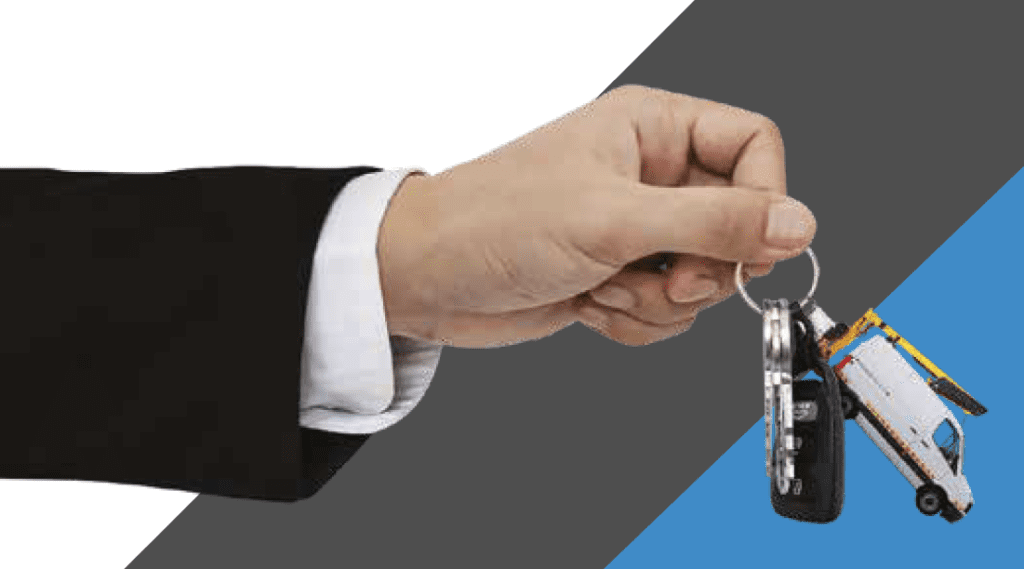
1. Establish your requirements
Your first step should be to establish your requirements: what kind of vehicles do you need, and how many? How long do you need to lease them for? This should be done in consultation with project management, to ensure you get the timings exactly right and don’t overlook any specific technical needs.
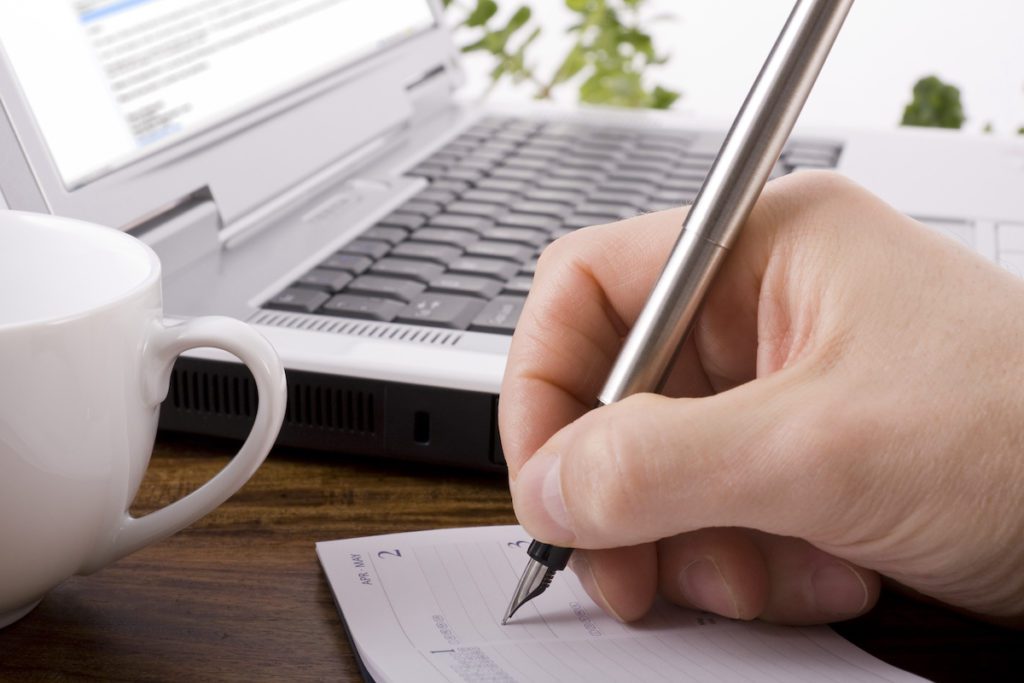
2. Determine your available monthly budget
Next, you need to establish how much you can afford to pay each month for your access vehicles. This should be based on actual cash flow, so that you are certain you will be able to fulfil payment on time each month.
Many businesses find it beneficial to be conservative here: committing all available finances to a lease may cause complications if unexpected costs are flagged elsewhere on the project. So be sure to build in contingency funds.
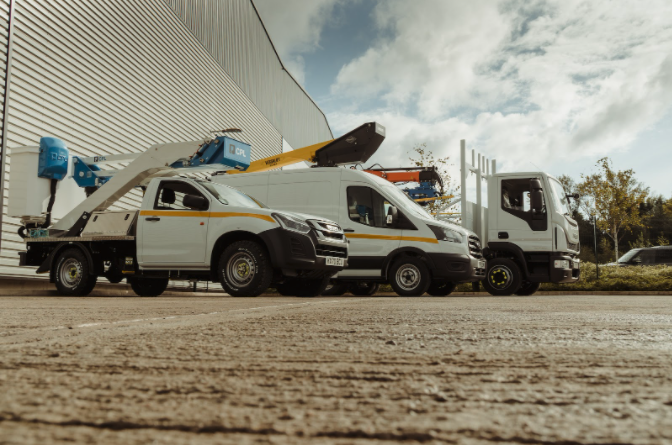
3. Choose the right products
Choosing the right access vehicle is clearly vital, so take the time to consider the full budgetary implications of the access vehicles you choose.
Ideally, you should choose vehicles that will produce the best overall return on your investment. That is, considering the monthly cost of the product against the total value it will add to your projects.
Market-leading products, for example, may be slightly more costly. But ultimately, they often offer a greater return on investment by vastly improving the productivity and efficiency of jobs.
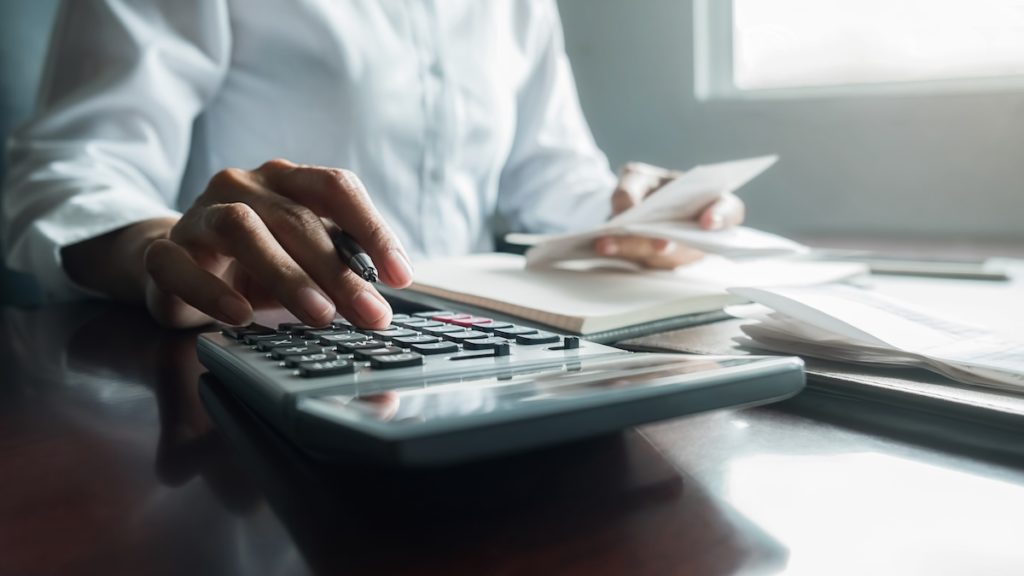
4. Determine an ideal deposit
When leasing, you can decide what deposit you would like to pay. The higher the deposit, the lower monthly repayments.
This means you have two options: pay more upfront, in order to establish a lower monthly payment for your access vehicle. Or pay a lower deposit, and retain cash flow for other necessary expenses.
Try to choose an amount which gives you the most overall financial efficiency, based on your project’s other budgetary considerations.
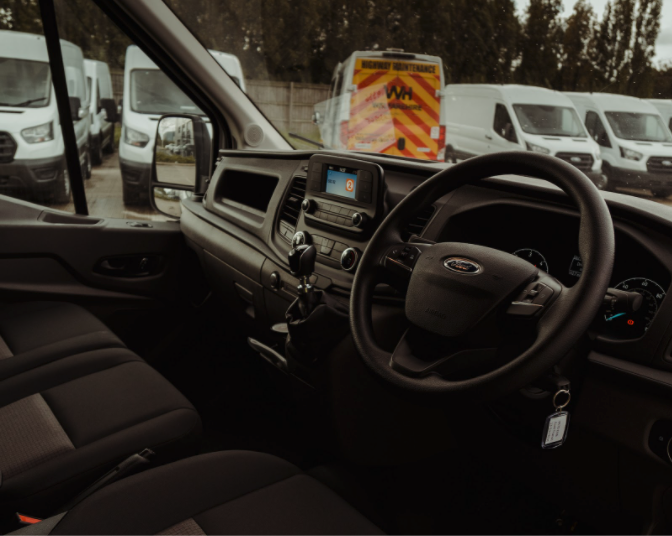
5. Account for running costs
Your budget must account not just for leasing the vehicles themselves, but also running them effectively. This means your budget should, for example, also include an estimate of fuel costs and insurance.
With Access Lease, many of your running costs – like maintenance and service – are actually included within the cost of the lease which is one of the key advantages.

6. Plan your taxes
One of the great benefits of leasing access vehicles is the potential for tax write offs. You should consult an accountant to determine whether your prospective lease could be fully deducted from your taxable income, or whether you might be able to claim capital allowances.
This will give you a clearer sense of the overarching financial cost of your lease contract, and help you better plan your long-term finances.
Get in touch with our team to discuss the benefits of leasing access vehicles, such as VMAP’s with our team today.